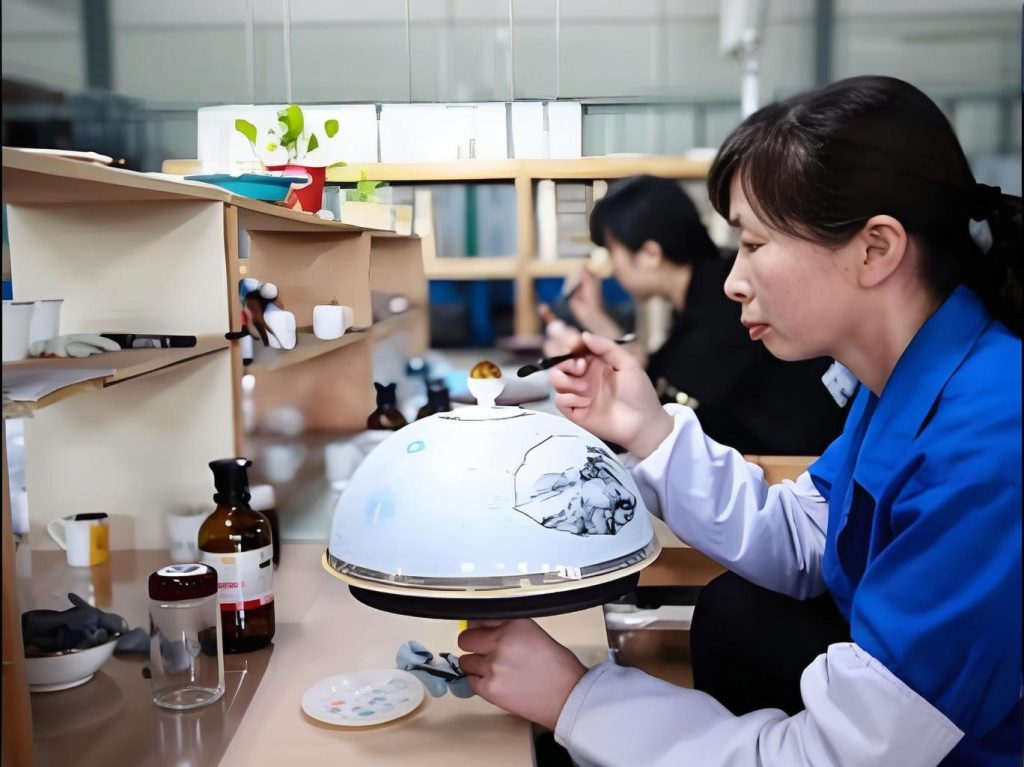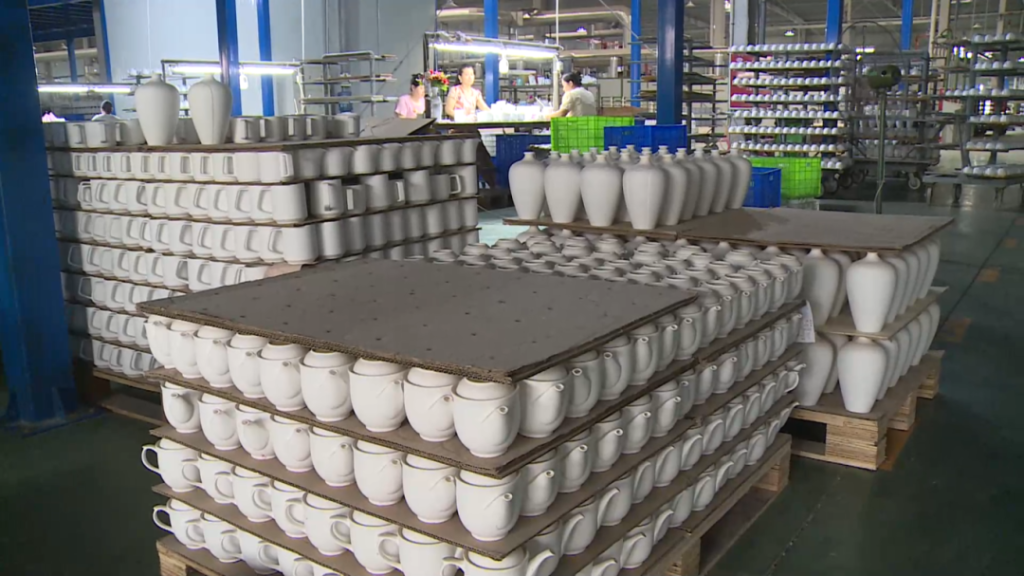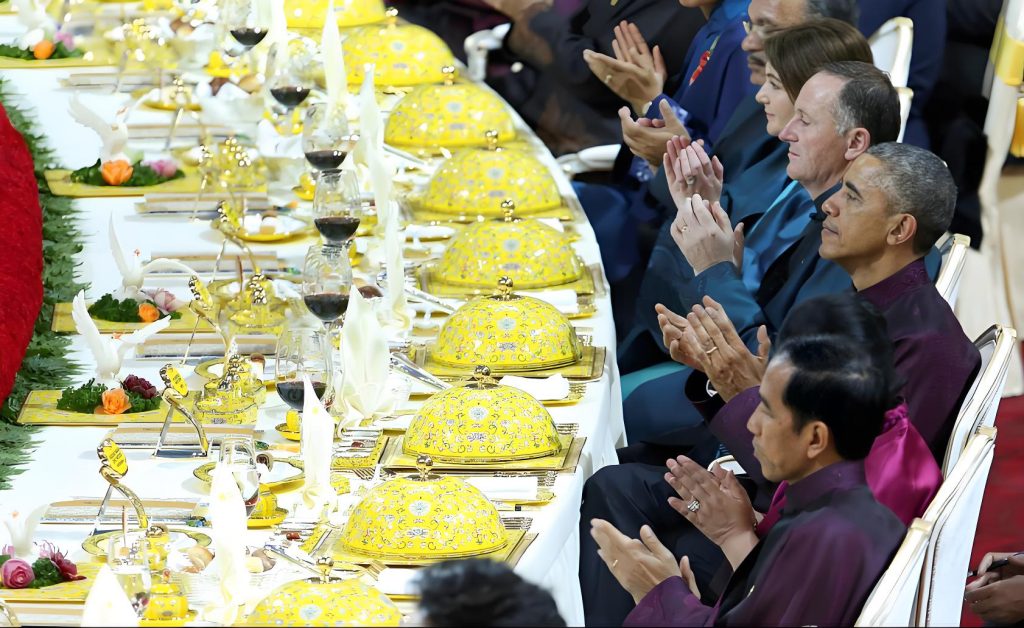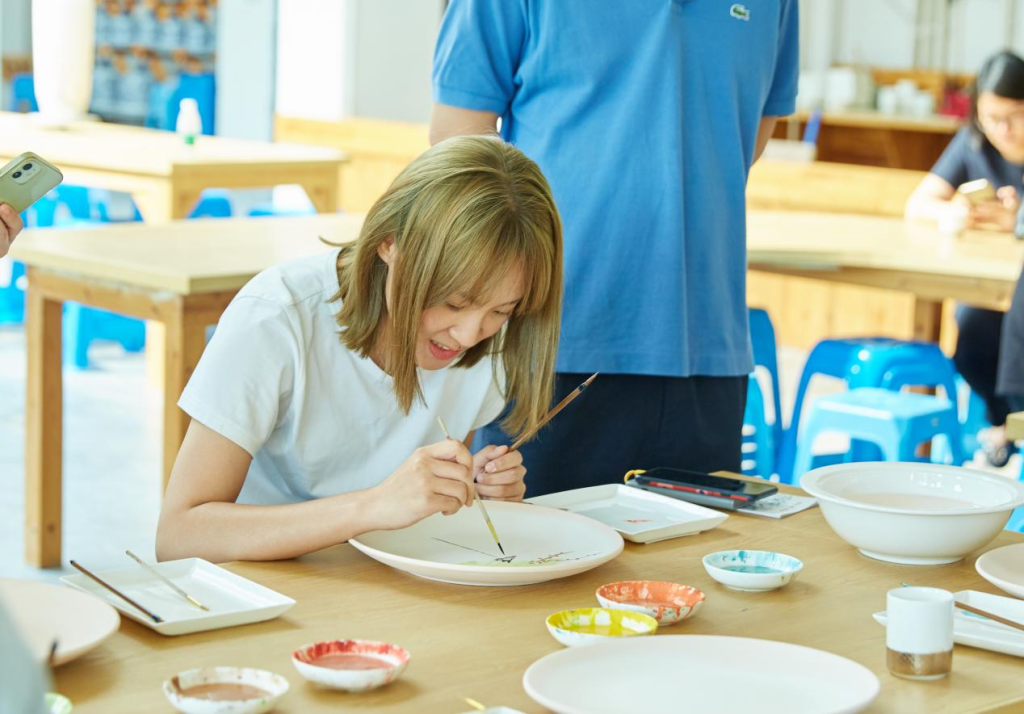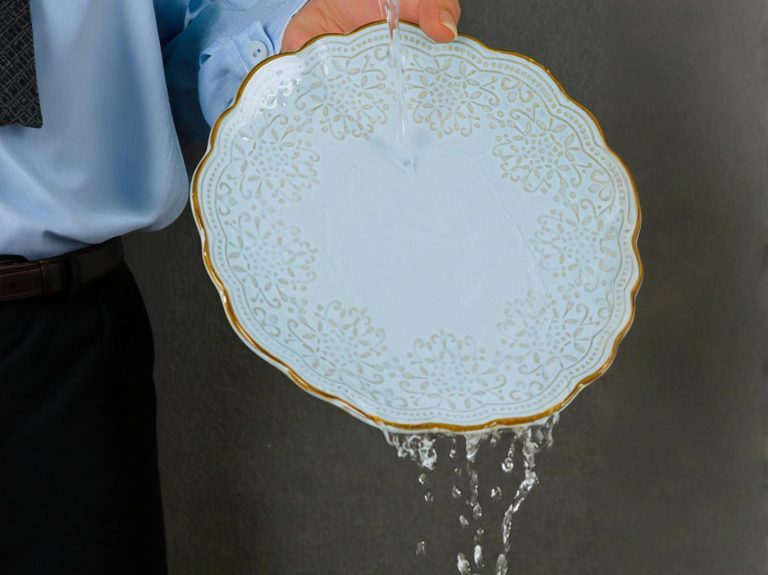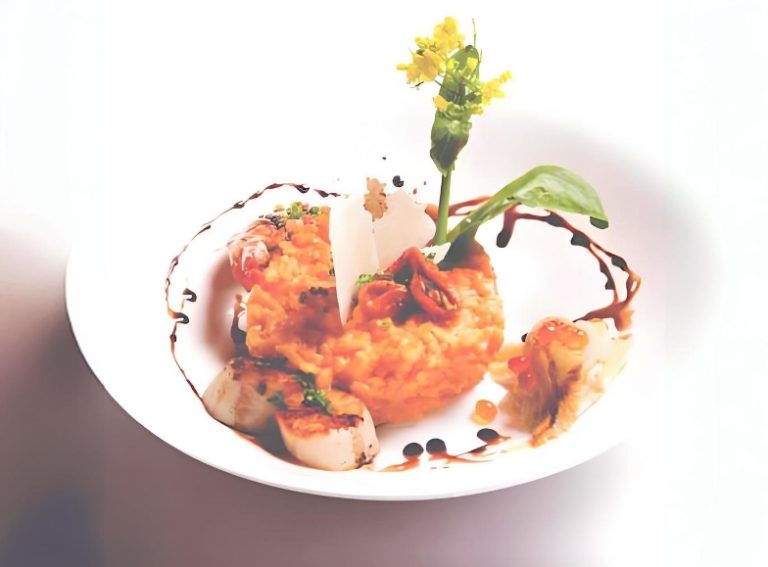Dinnerware Impact Resistance: The Real Test from Laboratory to Table
To be honest, before purchasing tableware, I never imagined the term “impact resistance” would become relevant to my daily life. That changed one day when my supposedly “high-end” ceramic plates developed a hairline crack along the edge after routine dishwasher use. At that moment, I realized durability in dinnerware is far more complex than it appears on the surface.
I. Real Voices from Quora and Reddit: What Are People Concerned About?
Three Top Consumer Concerns
When searching “dinnerware impact resistance” on Quora, I found the most upvoted question was: “Why do my ceramic plates always crack at the edges first?” A materials engineer’s response was eye-opening: edges are stress concentration points, similar to how a folded paper always tears at the crease first.
On Reddit’s r/BuyItForLife community, discussions are more down-to-earth. One user complained: “I bought supposedly ‘shatterproof’ dinnerware, but it cracked when my kid dropped it. Am I naive, or are manufacturers misleading us?” This thread accumulated over 300 comments, with shared experiences summarizing to:

- Material determines destiny: Tempered glass > Vitrified china > Regular ceramic > Bone china (impact resistance ranking)
- Thickness ≠ Durability: Some purchased ultra-thick plates only to find that greater weight actually increases impact force when dropped
- Daily use scenarios matter most: Dishwasher collisions, stacking storage, children’s use… these are the real “stress tests”
The Overlooked Detail: Thermal Shock
Another highly-rated Quora answer mentioned “thermal shock resistance” — essentially, pouring hot soup onto a cold plate straight from the refrigerator can cause cracking due to excessive temperature differential. This reminded me of my mother’s advice to “never put hot food on cold plates” — it wasn’t superstition but science.
II. What Materials Science Reveals
“Impact Resistance” Comparison Across Materials
After thorough research, I discovered that tableware manufacturers face a multiple-choice challenge when selecting materials:
1. Tempered Glass Dinnerware
- ✅ Advantages: 3-5 times more impact resistant than regular glass, transparent and beautiful
- ❌ Disadvantages: Shatters into countless small particles when broken (relatively safe, but cleanup is a nightmare)
- 💡 Best for: Modern minimalist homes, aesthetically-minded singles
2. Vitrified China
A Reddit restaurant owner shared firsthand experience: their establishment uses this type. Fired at temperatures above 1200°C, it has extremely high density and sometimes bounces when dropped. The tradeoff? Expensive and relatively limited in design variety.
3. Bone China’s Awkward Position
Bone china, with added bone ash, is lightweight, translucent, and elegant. However, it performs mediocrely in impact resistance tests. A Quora collector stated it well: “Bone china is meant to be admired, not dropped.”
4. Melamine Dinnerware
I discovered this “parenting essential” on Reddit’s r/Parenting board. Many parents recommend it for households with children because it’s virtually unbreakable. The controversy? It may release trace chemicals at high temperatures, making it unsuitable for scalding hot foods.
Manufacturing Process Secrets
A tableware manufacturer engineer on Quora revealed: for identical ceramic materials, a 100°C difference in firing temperature can double impact resistance. He mentioned an interesting point — glaze thickness.
Too-thin glaze provides inadequate protection, but excessive thickness can cause microcracks between glaze and body due to different thermal expansion coefficients. This may explain why my cracked plates failed.
III. Laboratory Data vs. Real Life: How Big Is the Gap?
The “Idealization” of Standard Testing
Dinnerware impact testing typically involves:
- Free-fall from specified heights onto hard surfaces
- Pendulum impact at specific forces
- Measuring impact energy at fracture point
However, a Reddit user who worked at a testing facility pointed out: laboratory conditions are too “perfect.” In reality, your plates might:
- Fall onto uneven tile seams (different stress concentration points)
- Have undergone hundreds of dishwasher micro-abrasions
- Be subjected to long-term compression from other dinnerware in cabinets
Therefore, some dinnerware passing “standard tests” may prove less durable in actual use than products designed to “exceed standards.”

An Underestimated Factor: Edge Design
A memorable Quora response from an industrial designer stated: dinnerware with rounded edges has better impact resistance than sharp-edged designs. The principle is simple — curves distribute impact force, while sharp angles create stress concentration.
This explains why many premium tableware manufacturers promote “thickened rounded edge” designs. Though appearing somewhat “bulky,” they’re genuinely more durable.
IV. Purchasing Recommendations: Don’t Just Look at Specifications
Reverse-Engineer from Usage Scenarios
After synthesizing hundreds of Quora and Reddit discussions, I developed this purchasing logic:
If you are…
- 👨👩👧👦 Family with children → Melamine or vitrified china (can withstand drops)
- 🍷 Single/couple seeking ritual → Bone china or fine ceramics (aesthetics matter more)
- 🏢 Food service professional → Vitrified china or tempered glass (cost-effective + durable)
- 🧓 Elderly users → Lightweight ceramic with thickened edges (balances weight and safety)
Three Practical Tips
- Tap test: Lightly tap the dinnerware edge; clear, sustained sound indicates higher density and typically better impact resistance
- Check the base: Unglazed bottoms absorb water, reducing strength over long-term use
- Ask manufacturers two questions:
- What’s the firing temperature? (Above 1200°C preferred)
- Has it undergone “thermal shock testing”? (50 hot-cold cycles without cracking)
V. Maintenance Matters: Habits to Extend Dinnerware Lifespan
A Reddit post titled “My dinnerware looks new after 20 years” shared practical advice:
- ❌ Avoid temperature extremes (don’t transfer cold plates directly to oven)
- ❌ Don’t pack dishwasher too tightly (give each piece “breathing space”)
- ✅ Place napkins between plates (reduces friction)
- ✅ Regularly inspect for microcracks (small cracks gradually expand)
A chemistry teacher added: acidic foods (like tomato sauce) in prolonged contact with certain glazes can weaken surface structure. Clean promptly after meals; don’t leave overnight.
Conclusion: Impact Resistance Is Just One Dimension
Writing this, I suddenly realized selecting dinnerware resembles choosing a life partner — there’s no perfect choice, only the most suitable match.
Impact resistance matters, but sacrificing aesthetics and user experience for “shatterproof” qualities makes dining less enjoyable. As one Redditor said: “I’d rather replace favorite ceramic dinnerware every few years than face ugly but durable plastic plates daily.”
A final question for reflection: How much aesthetics would you sacrifice for dinnerware durability? Or is the fragile beauty itself a life attitude?
If you have any questions or need to custom dinnerware service, please contact our Email:info@gcporcelain.com for the most thoughtful support!


